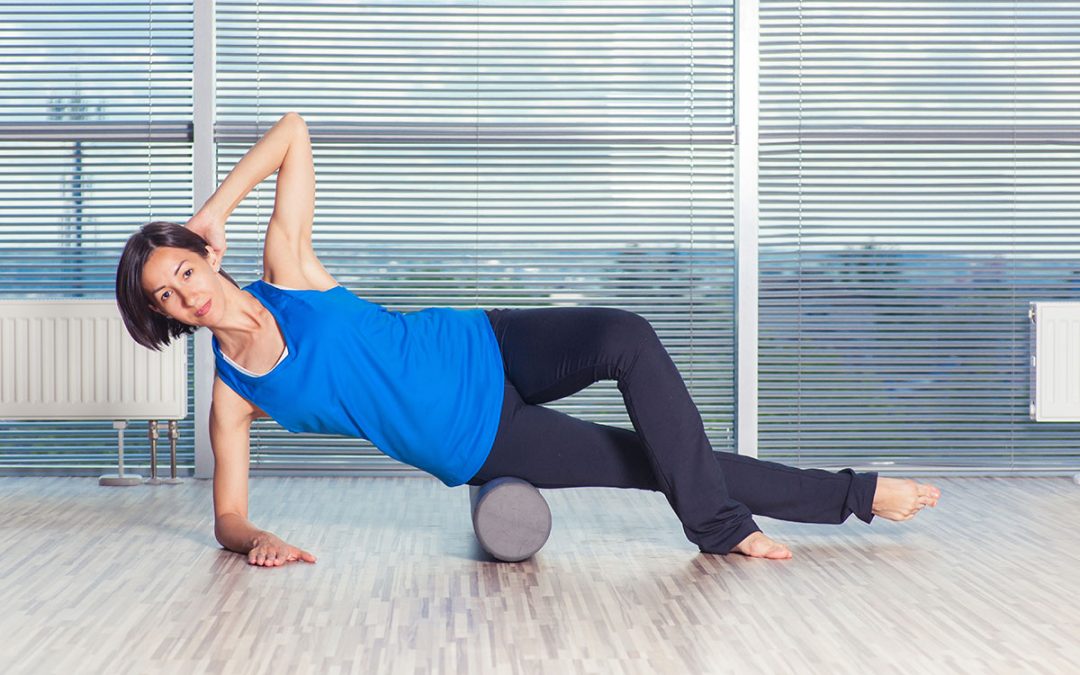Many gyms and individuals have foam rollers these days – but not many people actually know how to use them successfully. Here is a quick guide to inform you as to what your foam roller is doing and how to use it correctly.
Most individual participating in physical activity will have heard of a foam roller, may have one lying about the house or possibly have encountered one in their gym. You are aware that you should be using it to help with muscle recovery but are a little clueless as to how to actually use it.
What is a foam roller?
A foam roller is a cylinder of foam and can come in different lengths and diameters. More commonly now, they have a hollow centre and are ridged, and they can come in a variety of densities. Those new to foam rolling often begin with a softer roller and move to the more firm rollers.
Simply, these are a budget self-massage tool that provides myofascial release to the muscles that the foam roller is working on. They can assist with removing knots and areas of tension that may build up within the fascia and the muscle tissue. (Myofacia: muscle-fascia, or fibres that attaches, stabilises, encloses and separates muscle tissue)
But this is only suitable for athletes, you ask?
Definitely not. Foam rolling is suitable for everyone. If completed regularly (preferably daily) can help release any areas of tension, relaxing the muscle and making it more mobile and reduce pain. Those that do take part in physical activity will see improved joint mobility and a reduction in pain and common injuries (when conducted along with a stretching programme)
Foam rolling as well as dynamic stretching can help improve flexibility and range of movement, and decrease the risk of injury.
How do you foam roll?
Foam rolling uses your own body weight against the roller to provide massage. Rolling should be completed in a slow steady manner, trying to cover the whole of the muscle. If an area is really painful you can support some of your weight using your arms and then add your body weight as the muscles relax. Always working within your own pain threshold. You may need to start with a softer, less aggressive roller and work your way up as your pain threshold increases and you can tolerate the firmer rollers that are available. It is also important to stretch and move the muscle directly after rolling in order to create the new increased range of movement within the joint, elongate the muscle and facilitate the full effect of the muscle release.
There are so many exercises out there to do, that almost every muscle group gets covered but the main focus tend to be:
- Back – upper and lower
- Glutes – bum muscles
- Hamstrings
- Quadriceps
- Hip Flexors
- Calf muscles
There are hundreds of different methods of completing exercises and, to be honest, it’s much better to see them visually than it is to read about them – more so if you’re new to foam rolling. If you would like to learn more on how to complete the exercises safely and effectively, keep an eye out for our upcoming Sports Fitness Mobility and Self Massage Workshop.

